In this interview we’re joined by Bill DeRouchey, who opens up about his career journey thus far, inspiration sources, and what we can expect from his talk, “The Power of ‘Why?'”
Matt: You joined Simple as creative director a couple of years ago, and I know a lot of people are eagerly waiting to see what your “reinvented view of banking” looks like (aside: I love the Simple one-pager!). What can you tell me about your team’s product, and your view for the future of banking?
Bill: The product coming out of Simple is going to amaze people. It’s taking such an old concept, banking, and showing what you can do with design and technology. It provides more information about your transactions and also adds tools like search and visualisation location that help you understand your financial activity better. It’s taken a long time to develop because integration with partners has been intense. It’s been slow for web speed but fast for banking speed. However, I left Simple a few months ago (after being there for 18 months). It was a bittersweet end, but it was the right life decision.
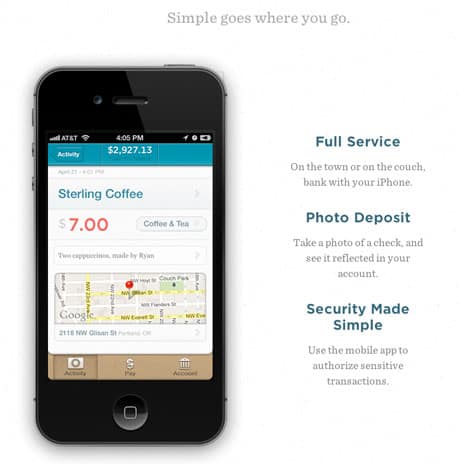
I was reading about how you got started, and discovered that we’ve walked similar paths – I’ve also worked in coding, writing, product marketing and laying out computer books, and these days am focussed on interaction design. We’re practically twins! So … do you think you’ve found your calling, or is this another stepping stone across the lake of life?
Hello twin! I think a lot of us around a similar age have followed a similar path. But is this my calling? Yes and no! I do think I’ve found my happy place in tackling a problem and devising a solution that works for customers, business and technology. But I assume that my role in that process will continually change. The ‘how’ aspect of it continually changes as the available technology evolves. If anybody these days assumes that they’re working with the same technologies throughout their career, they’re nuts. So no, I don’t think I’ve found my calling yet, but isn’t finding it part of the fun?
From your writing it’s clear that you think a lot – about language, typography, history, buttons and humanity. What have you been thinking about lately? (aside from specific work problems to be solved)
Yeah, I do like to jump around. It’s been an interesting time lately; a transition phase. It’s been not so much about thinking about a topic, as it has been getting life settled into an unfettered place to where I can think freely and discover the next phase of my career. Moving so that my wife and I can live in the same city again (a long story). Leaving a job that wasn’t a perfect fit for me. Selling a house. Getting rid of stuff. Consolidating storage units. In short, it’s been months of boxes. Grueling work, but it’s been refreshing to shed responsibilities that weren’t working for us. In doing so, my goal has been to shed logistics and worries so that I can think freely again.
What’s next? It’s always hard to say, but one theme that keeps bubbling up is the need to do good. In the design field, we make so much stuff, and so much of it is completely pointless and unnecessary. There are so many real problems in the world in which design can help. That’s where I’d like to be. Stay tuned, it’s still evolving.
You co-chaired the Interaction10 conference a couple of years ago. What was that experience like for you, and what drove you to get involved? Would you do it again?
I like to say that chairing a conference is an amazing thing that you do exactly once in your career. Interaction10 was an adventure, a second job, a labor of love, and a ton of work. I was driven to be involved by the experience of Interaction08. I had an amazing time there and just wanted to partake in creating an event like that. I was Greg Petroff’s sidekick for Interaction09 and then was given responsibility for Interaction10. There was a magical challenge in designing an event for designers, and having the freedom to do it the way you want to.
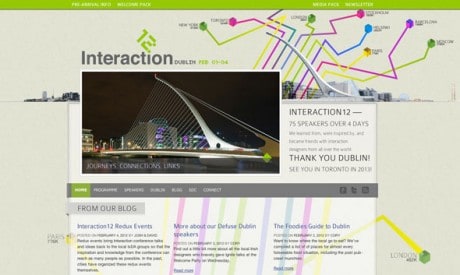
The experience of the conference itself was frankly surreal. After spending a year ‘after hours’, working with your team on the details, the insane push of final two months, and then everybody shows up and has an amazing time…. it’s quite a satisfying feeling. Many people compare it to a wedding and that sounds right.
You mentioned in another interview once that you find your parents inspiring. What else in life inspires your designs?
As I get older, I simply get inspired by anybody who has the guts to try something new, whether that’s make a rough life decision, attempt some crazy new art idea, go into business for themselves, take up a new hobby, build something from scratch, and so on. I love to see people tackle difficult things. To see that courage, perseverance, and tenacity inspires the hell out of me. It encourages me to do the exact same thing.
Tell me about the toughest client project you ever worked on, why it was challenging, and what you learned from it.
Wow. I’m thinking about a client during my time at Ziba. They were challenging because they would make decisions that we couldn’t understand. We always pitched designs that made sense for how their users perceived the subject, but they were often shot down. The challenge was of course that their technology and infrastructure made certain changes financially prohibitive, and their business model pushed things in other directions. This taught me the obvious lesson that agencies can only push clients so far and that you have to design to their constraints. Sometimes it’s painful, but sometimes you have to accept that you can only take your clients so far. Sometimes to achieve success, clients have to change how they run their business, and that’s something near impossible for an agency to completely help with. It has to come from inside, for better or for worse.
What advice would you have for a print designer who is tasked with designing interactions for the first time?
The biggest difference between print and interaction is the sense of time and sequence, so I’d recommend training your designer eye to notice, dissect and understand sequences. Every time you use a product, notice all the steps along the way, in as minute detail as possible. Notice the inputs, results and feedback. It’s just another form of design exercise. You’ll begin to notice steps that are stupid and steps that are genius. You’ll begin to think in terms of flow, which is key to interaction design.

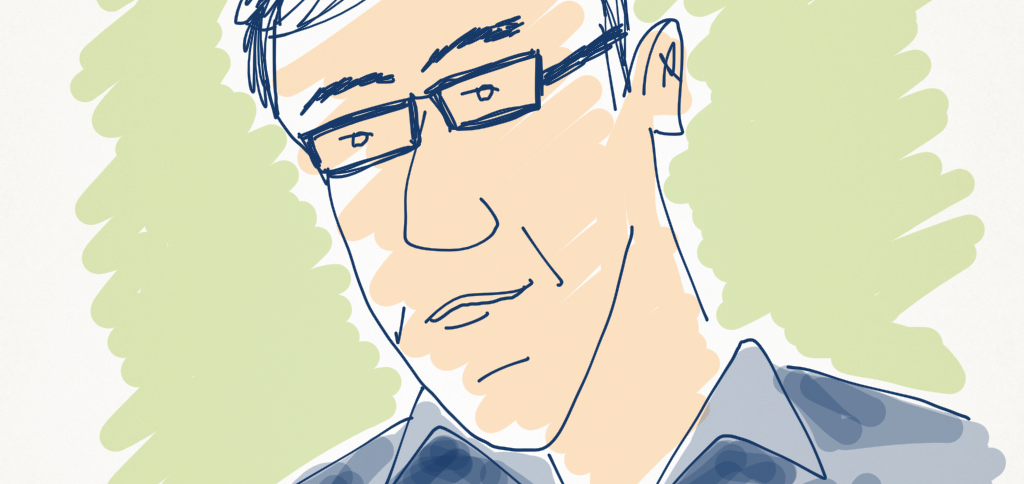

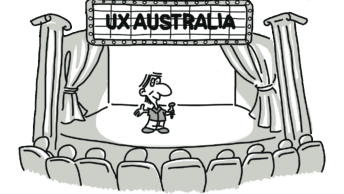
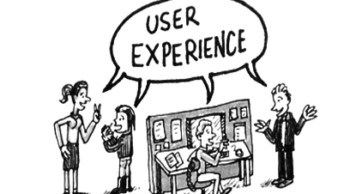

Great article with Bill DeRouchey. His recent experience with ‘Simple’ was a surprise, I was once a happy customer until they were acquired.
Coincidentally, some time after I shelved the Simple app I joined a European company and I found out that they used BBVA for their banking needs.
My experience with BVBA was as legacy as it can be. Dealing with their services was exhausting. I would never consider that brand for anything at all. Every time I think of the brand, I just want to run the other way.
Is good to know they are not torturing another great UX practitioner. ;-)